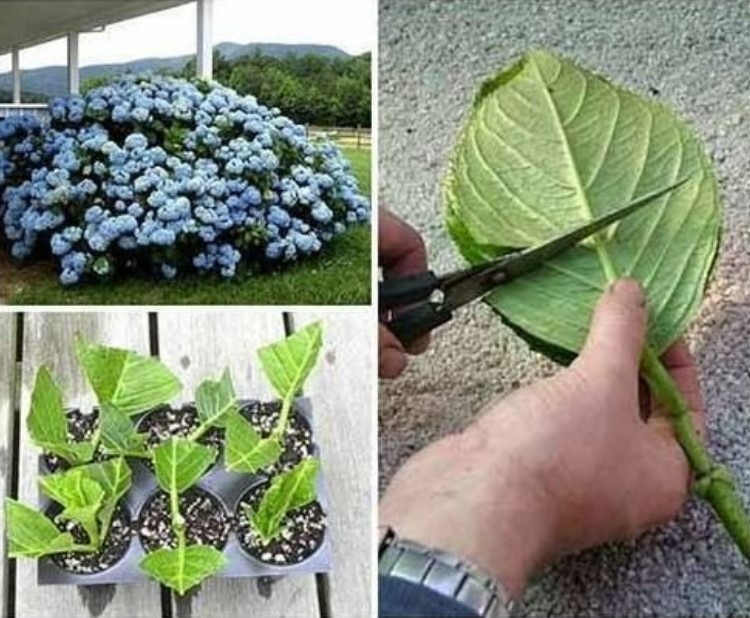“A Step-by-Step Guide to Propagating Hydrangeas from Cuttings”
Hydrangeas, along with roses and peonies, hold a special place in my heart. These vibrant blooms not only look stunning in a bouquet but also add a touch of elegance when grown in a garden. However, these plant varieties tend to be quite expensive, which is why I was thrilled to discover a technique to grow new hydrangeas from existing ones.
If you, too, want to propagate hydrangeas, the first thing you need is either a hydrangea bush in your garden or clippings from a friend or family member’s plant. If these options aren’t available, growing hydrangeas from seeds is always an alternative, though it requires a bit of patience. Once you have found a mature plant, take a clean, sharp pair of pruners and cut a 5-inch long stem just above a node. Ensure that the stem you’re cutting is healthy and has lush green leaves. Remove all leaves except for the top ones and place the stem immediately in a cup of lukewarm water.
After collecting the desired amount of clippings, the next step is planting them. Using high-quality potting soil, plant the cuttings ensuring that at least two of the nodes are covered. Press the soil firmly around the base of the stem. You may opt to use fertilizers or a rooting hormone to stimulate quicker and healthier growth. Importantly, choose a pot with drainage holes to prevent waterlogging of the roots.
Ensure your cuttings receive adequate water and avoid letting the soil dry out. Place them in a location with indirect light. As your cutting grows, you’ll need to transfer it into a bigger pot until it’s developed enough to thrive in the garden.
Follow these steps, and you’ll be on your way to a garden adorned with colorful hydrangeas! This propagation method is uncomplicated and efficient, and I’m excited about the prospect of filling both our front and back gardens with these charming blooms.
